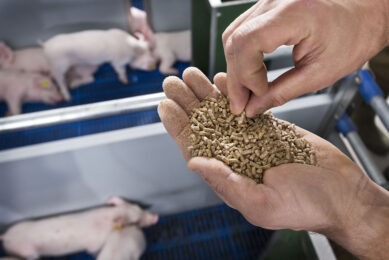US: Pork producers explore waste management
US pork producers are seeking new, effective manure management techniques due to the expansion of large swine operations in the country and the subsequent environmental impact.
According to the National Agriculture Statistics Service, the United States has an inventory of more than 62 million pigs which reside in less than 100,000 operations.
What concerns large swine producers most is the 1.5 tonnes of waste produced by each pig at 250 pounds at the time it goes to market. The USDA claims that waste material such as manure, urine and bedding is the single major source of environmental damage from enclosed animal production.
To deal with the problem of ammonia, some pig industry professionals use nature-made products such as a yucca schidigera extract product (De-Odorase®) which can support the moderation of the ammonia supply to bacteria and help maintain steady bacterial growth and ammonia assimilation.
Study
A recent study was conducted by the National University of Ireland in Galway, Ireland; and the University of Plymouth, in Plymouth, England. It involved allocating 24 Large White crossbred pigs (12 male and 12 female, 25-30 kg) to three dietary treatments.
The treatments consisted of a control, control plus 120 ppm De-Odorase (Y. schidigera extract) and control plus 250 ppm De-Odorase.
For weeks 1-4, the pigs were fed a grower diet and a finisher diet from week 4 to slaughter. The diets contained 25% crude protein which was in excess of requirements.
The male pigs were removed from the test house on two occasions during the trial and were placed in metabolism crates to allow collection of urine and feces.
Each animal was measured for weight, weight gain, feed conversion ratios and dry matter intake.
Results
The researchers found that the addition of De-Odorase to the diet increased daily liveweight gains by 52 g/day in the 120 ppm-supplemented animals. For pigs supplemented with 120 ppm De-Odorase, decreses in urine ammonia concentrations of 12-36% were observed in both studies.
Serum urea and ammonia tended to be lower in response to De-Odorase (120 ppm), with significant reductions in serum ammonia noted at week 6.
Related websites:
• USDA
• National University of Ireland, Galway
• University of PlymouthFor the latest pig news, subscribe here
Join 18,000+ subscribers
Subscribe to our newsletter to stay updated about all the need-to-know content in the pigsector, three times a week. Beheer
Beheer










 WP Admin
WP Admin  Bewerk bericht
Bewerk bericht